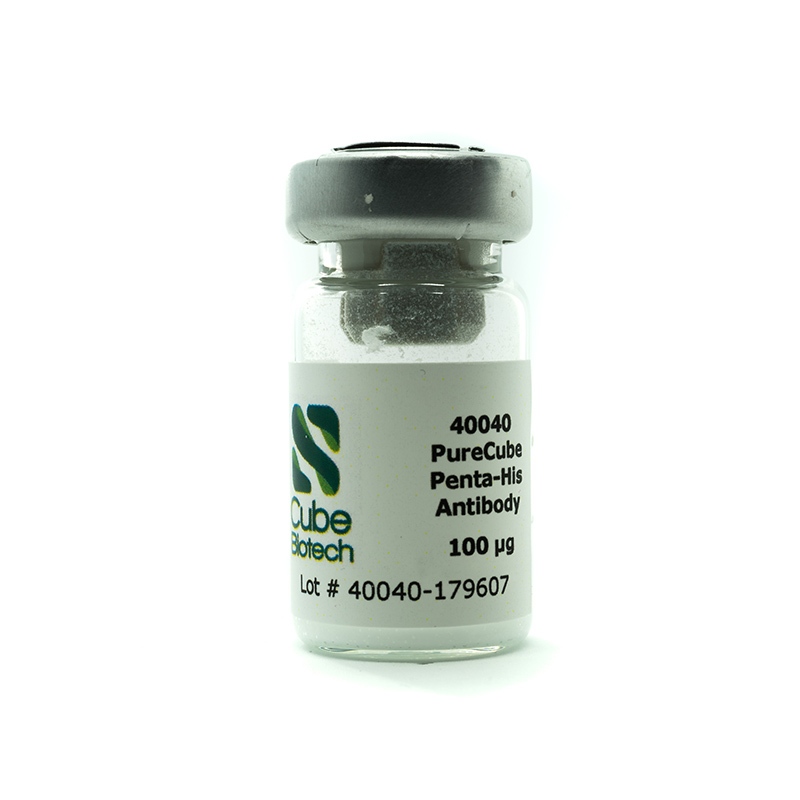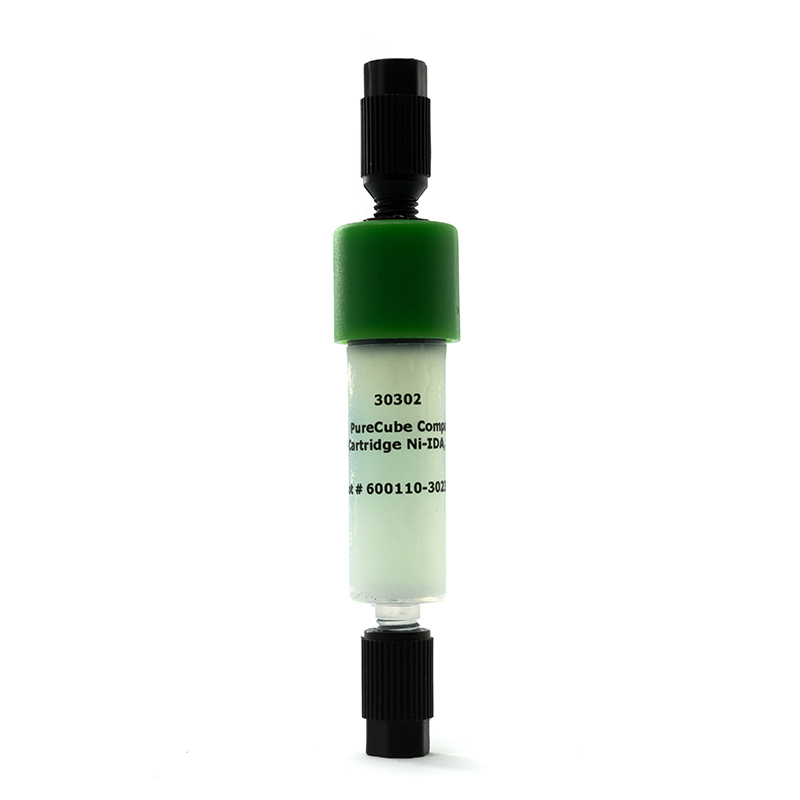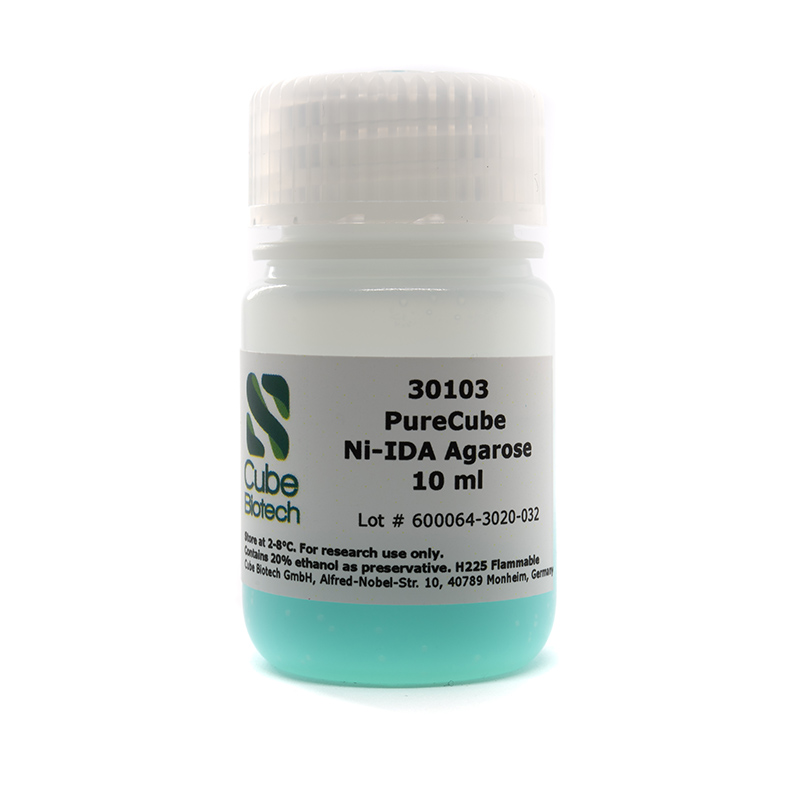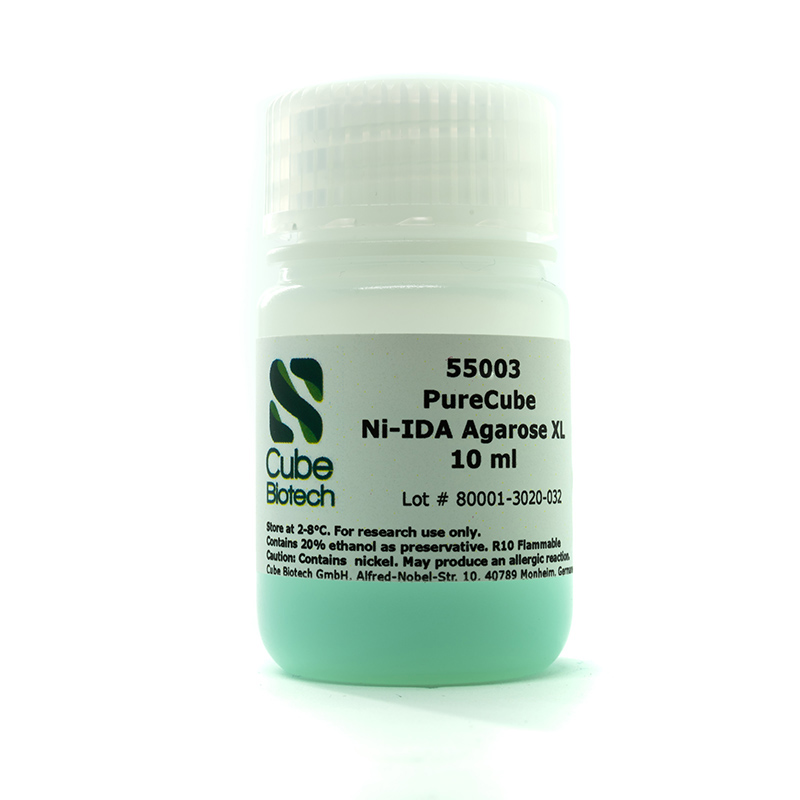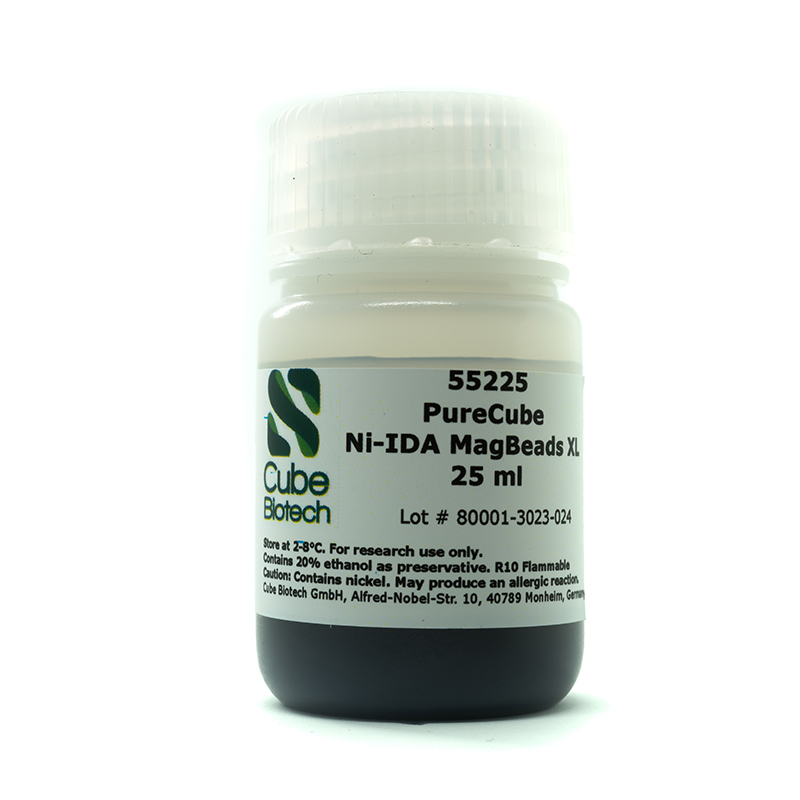Ni-IDA
Ni-IDA is an abbreviation for a nickel ion that has been coupled to Iminodiacetic acid (IDA). In the field of protein purification, it is used for His-tag purifications. It can be used either as an agarose resin for FPLC or as magnetic beads. Cube Biotech offers high-quality Ni-IDA products for your IMAC assays.
-
Products
- Membrane Protein Stabilization
- Protein Purification Products
- Active Proteins
- Proteomics
- Cell-Free Lysates
- Plastic & Accessories
Filter



